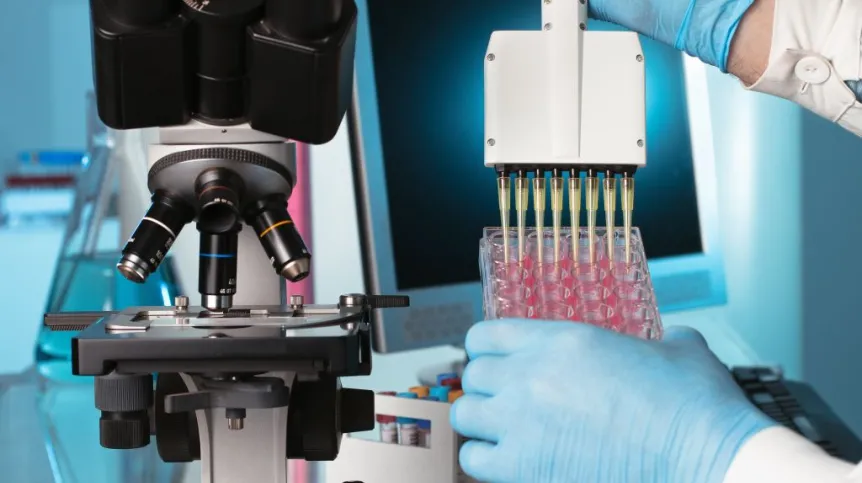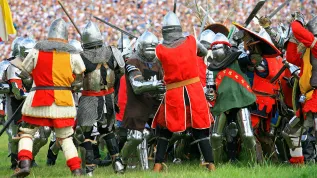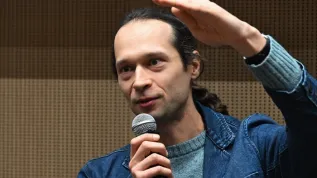
It cannot be ruled out that we will be able to identify one of the representatives of well-known knight families from the Battle of Grunwald. It is an extremely difficult task, but not impossible, says geneticist Dr. Andrzej Ossowski.
A team of scientists from the Pomeranian Medical University in Szczecin is studying the remains of knights who died in the Battle of Grunwald. The material provided in September 2021 by the Museum of Warmia and Mazury and the Museum of the Battle of Grunwald contains the remains of about 200 people.
Dr. Andrzej Ossowski, head of Department of Forensic Medicine of the Medical University of Warsaw, told PAP: “We have completed basic anthropological research and a medical and forensic description, the material has been catalogued. The injuries have been described, and at the moment we are preparing for genetic testing.”
He added that it was necessary to catalogue, describe and assess the condition of nearly 40,000. bones and bone fragments. Scientists plan to conduct a 'very broad analysis' - for example, they want to check whether people whose remains were excavated in the 1960s and 1980s were related.
Ossowski said: “We assume that - according to archaeological data - we have both people who died during the Battle of Grunwald, as well as later burials related to the chapel that was built in this place.”
Due to the way they were excavated, the remains are treated as bulk bone material, they are mixed together and there are no separate, complete skeletons. That hindered anthropological research and affects genetic research. One of the most difficult tasks the scientists face is to separate the remains of the knights who fell in the Battle of Grunwald from those buried in the chapel in later periods.
However, according to Ossowski, after the anthropological analysis it was possible to draw certain conclusions regarding the remains that could belong to the participants of the Battle of Grunwald, based on findings regarding such factors as gender and age.
He said: “The probability of old men, women and children taking part in the battle is small, so that somewhat determines our research and activities, but we try to treat it as one site, related to the establishment of a chapel in the place of the original burial, so we analyse the whole material.”
In addition to the question of kinship, genetic analysis is also expected to determine the biogeographical origin and phenotypic features, such as eye and hair colour. The next goal is to reconstruct the facial appearance.
Ossowski said: “Remember that the knights who fought in the Battle of Grunwald were not anonymous. Some of their descendants live to this day. We can assume a hypothetical situation that we will be able to type or even identify one of them on the basis of extensive analyses that we intend to perform.”
He adds that the tested material is extremely degraded - these bone fragments remained buried for several hundred years, and then kept in conditions that make it difficult to preserve DNA.
He continued: “However, it cannot be ruled out that we will be able to discover something interesting and, for example, find representatives of well-known knight families. It is an extremely difficult task, but not impossible.”
The researchers intend to perform sequencing of mitochondrial DNA genomes. According to Ossowski, the Pomeranian Medical University is the only centre in Poland that deals with such a wide analysis of mitochondrial DNA. In addition, researchers work with strongly degraded bone material on a daily basis.
The remains were recovered from the area of the battle chapel during excavations conducted by archaeologists in 1960, 1980 and 1982. In total, it is 39,594 bones and their fragments, packed in 21 cardboard boxes. Bone material occupies 4 cubic meters and weighs 578.5 kg. Previously, it was in the Museum of Warmia and Mazury. It was transferred for research on the basis of an agreement between that institution and the Museum of the Battle of Grunwald.
After the planned research, the bones are to be buried in a mass grave. (PAP)
PAP - Science in Poland, Elżbieta Bielecka
emb/ drag/ kap/
tr. RL













